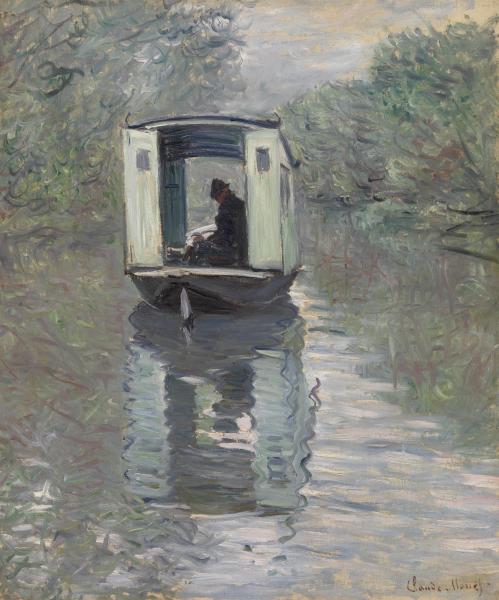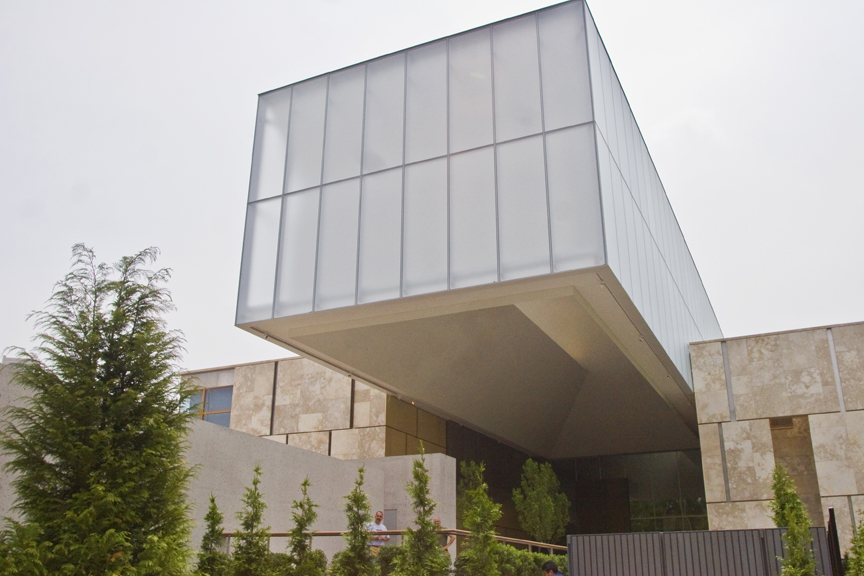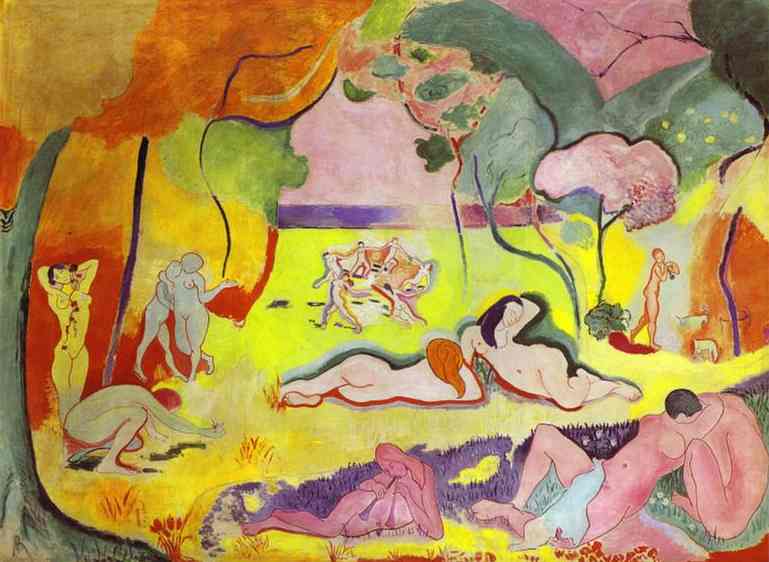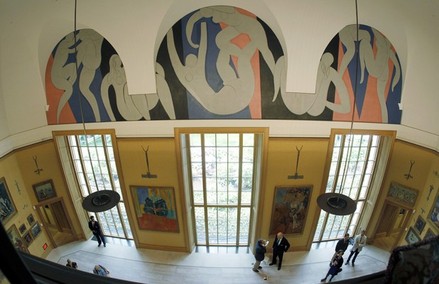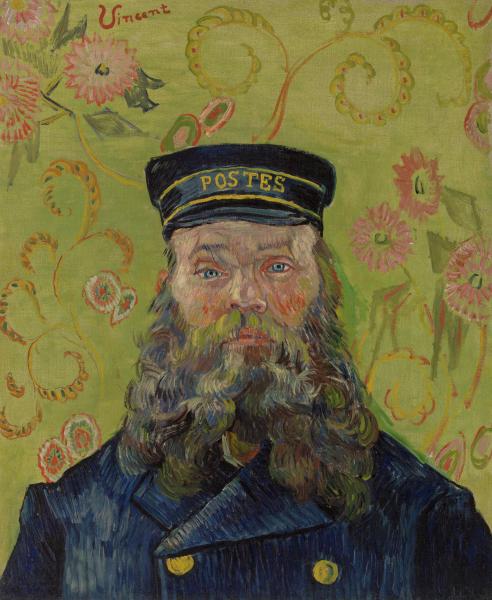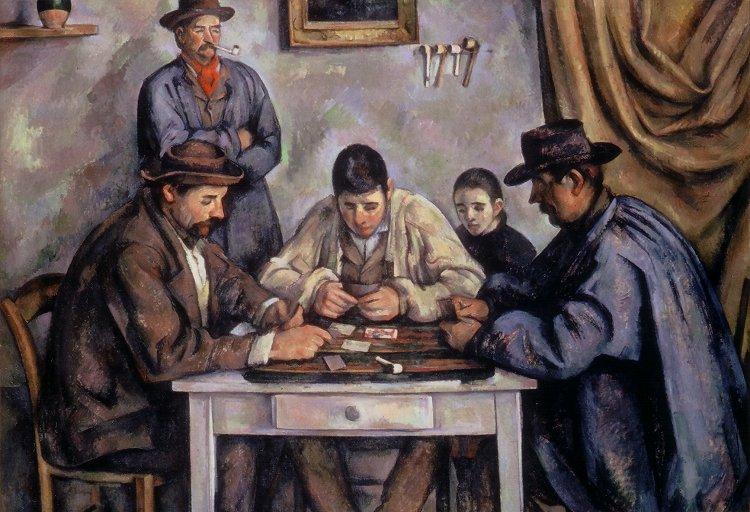In honor of Mothers Day this week, I took a look through history at a variety of artists’ portrayals of motherhood. This Sunday, we celebrate our mothers, the women in our lives, the strength, fortitude and joys that motherhood brings. While looking at paintings, drawings and sculptures of moms, I found the artworks range from filled with awe and respect to some fairly disturbing imagery. As with all subjects, motherhood evokes a broad range of emotions…and creative results. Last year I posted about the history of Mothers Day, which dates back to the early 20th century. At that time, James Whistler had just painted his famous Whistler’s Mother. This painting is identified as an American icon. Ironic, that James Whistler’s 1871 painting has been at the Musee d’Orsay in Paris since 1891.
Mary Cassatt, an American artist, lived in France and became one of the most recognized Impressionist painters. She was friends and exhibited with Degas, Renoir, Monet and others. Writings claim that her creativity and talents were influenced by her mother and she is known for her many paintings of mothers and their children. Additionally, she is credited with influencing the careers of many female artists.
The beautiful paintings of Degas’ dancers included the mothers of the young girls, watching, observing and probably worrying about their daughters. The Dance Class, 1874
Van Gogh was introduced to art by his mother Anna, who was an amateur artist while raising six children. Her love of nature, flowers and plants influenced Van Gogh's development as an artist and the subject matter of matter of much of his paintings. His first works were copies of his mother’s drawings. Portrait of Artist’s Mother, 1888
Artist Alice Neel is considered, “one of the greatest portrait artists of the 20th century”. Her expressionistic work was largely centered on themes of motherhood, after the loss of her daughter. She went on to have other children and often depicted mother, child and familial relationships. Neel was one of the first artists to work for the Works Progress Administration during the Depression. Mother and Child, by Alice Neel, 1926
Photographer Dorothea Lange was also employed by the government during the Depression. She documented migrant workers escaping the dustbowl for the Federal Farm Security Administration. This photo, Migrant Mother with Three Children, became symbolic of the hardships that migrant mothers and their families faced during those years.
Figurative artist Lucien Freud is known for his psychologically filled portraits examining the relationship between artist and subject. He painted a series of eighteen portraits of his mother over the course of ten years. It is suggested that these intimate portraits were his way of helping her cope with the death of her husband. The Painters Mother, 1983
Sculptor Louise Bourgeois’, Maman, is an unexpected tribute to her mother. This large bronze and stainless sculpture is over 30’ high and 33’ wide. There are 6 in the series that was created in 1999 and is in museum and public collections worldwide. The spider is a common theme for Bourgeois, as she said,
“The Spider is an ode to my mother. She was my best friend. Like a spider, my mother was a weaver. My family was in the business of tapestry restoration, and my mother was in charge of the workshop. Like spiders, my mother was very clever. Spiders are friendly presences that eat mosquitoes. We know that mosquitoes spread diseases and are therefore unwanted. So, spiders are helpful and protective, just like my mother.”
In 1991, this photo of Demi Moore was controversial. Annie Liebovitz’ cover for Vanity Fair of the naked and pregnant Moore was considered very risque at the time. Leibovitz, a mom of two, provoked a change in the perception of a woman's pregnant body as she prepares for motherhood.
Photographer Laurie Simmons is known for the fantasy dollhouse worlds she creates and photographs, filled with dolls, finger puppets and ventriloquists. She is also Lena Dunham’s mom and is credited as the influence of her breakthrough film, Tiny Dollhouse. Simmons' portrait of her daughter,
I had the pleasure of attending a memorable exhibit last year by my friend and artist Wendy Shalen in Chelsea. Shalen’s show was inspired by the birth of her granddaughter, her daughter entering motherhood and the aging grace and beauty of her elderly mom. She captured the generations of women in her family in her exquisitely rendered drawings and paintings. Sam and Mia,
I couldn't have been happier for Shalen to be able to celebrate the 4 generations of women and motherhood in her family. Mom at 101,
Artists have their singular and unique ability to convey their relationships with their mothers or children through their art. For the rest of us…whether remembering a mother, grandmother or celebrating with your children, as I will be, I hope you enjoy the day set aside to acknowledge the wonderful experience of motherhood!
Have a Happy Mothers Day!























